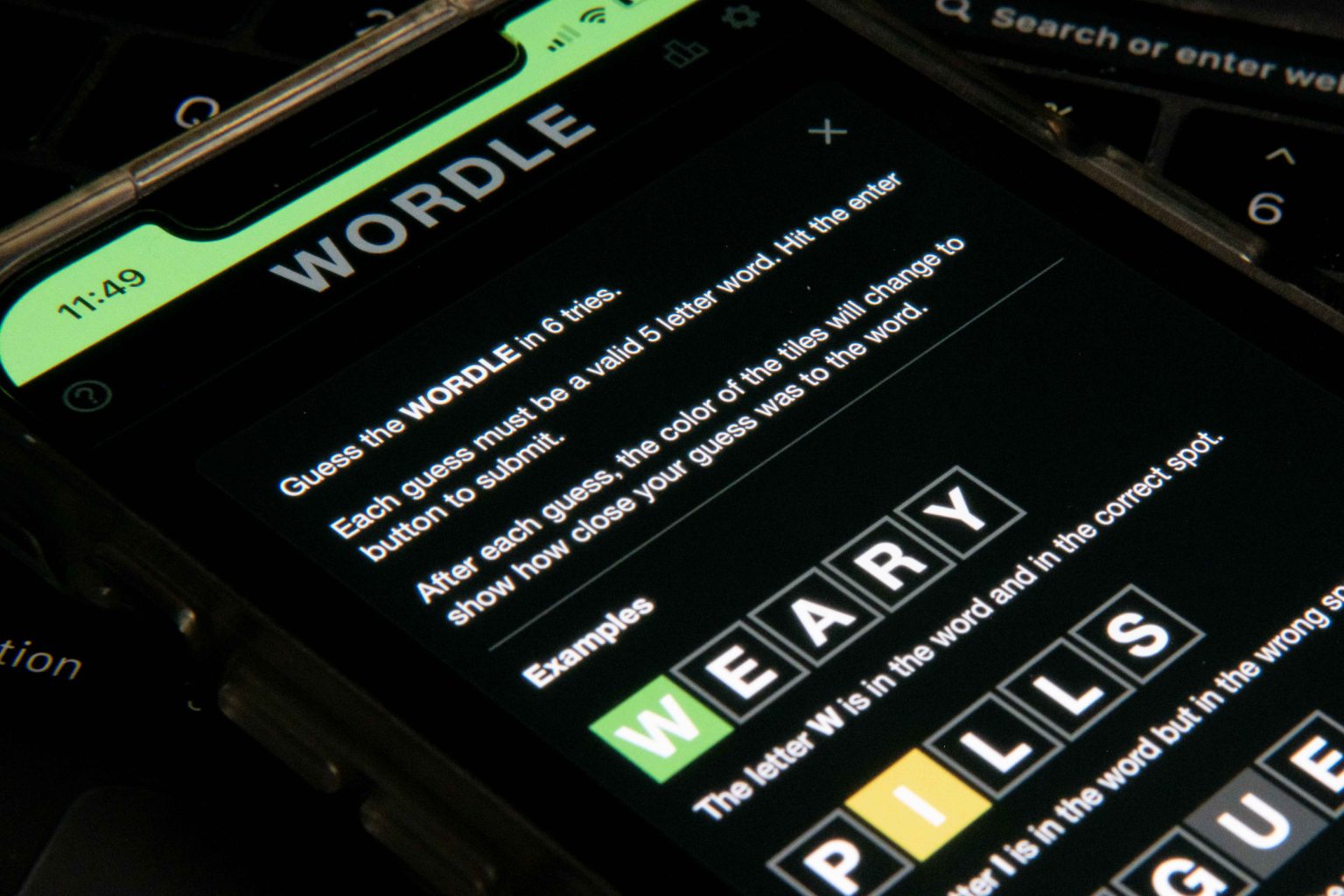Wordle, the popular word-guessing game, has captivated players worldwide, sparking not only a sharing frenzy of results but also a vibrant exchange of strategies. While human ingenuity plays a significant role in cracking the daily code, the question arises: how do these human strategies compare to the analytical prowess of Artificial Intelligence (AI)? To explore this, ChatGPT, a powerful language model, was tasked with compiling the most effective Wordle-solving tips gleaned from online resources. The resulting insights offer a fascinating blend of logical deduction, pattern recognition, and linguistic analysis.
ChatGPT’s strategic recommendations begin with the selection of the initial word. The AI emphasizes the importance of maximizing the information gained from this first guess. Letters like A, E, R, T, and S are suggested as strong starting points due to their high frequency in English words. Words like “crate” or “slate” are cited as prime examples, efficiently revealing the presence or absence of common vowels and consonants. This initial step sets the stage for subsequent deductions, narrowing the field of possibilities and guiding further guesses.
Building upon the foundation of the first guess, ChatGPT highlights the significance of pattern recognition. Analyzing the color-coded feedback provided by Wordle (green for correct letter and position, yellow for correct letter but incorrect position, and gray for incorrect letter) allows players to identify potential letter combinations and word structures. Common pairings like “TH,” “CH,” and “ST” emerge as valuable clues, helping to piece together the hidden word. This strategic element involves not just identifying letters but also recognizing their likely arrangements within the word.
Furthermore, ChatGPT underscores the importance of letter frequency analysis. Recognizing that certain letters appear more frequently in English words than others (E, A, R, I, O, T, N, and S) provides a statistical advantage. Prioritizing these frequent letters, especially vowels, in early guesses can quickly reveal their presence or absence within the target word. Vowels, in particular, play a crucial role in shaping word structure and pronunciation, making their early identification a key strategic move.
To illustrate these principles in action, a walkthrough of Wordle puzzle #1,272 is presented. The provided hints guide the player through the deduction process. The first hint reveals the presence of a single vowel, immediately narrowing down possibilities. The second hint discloses the starting letter “V,” further restricting the pool of potential words. Subsequent hints confirm the absence of repeated letters, identify the word as a verb, and specify its tense as a present participle. These clues, when combined with the strategic principles outlined by ChatGPT, lead to the correct answer: “Vying.”
This example demonstrates how the principles espoused by ChatGPT, derived from online Wordle strategies, can be applied to solve a real puzzle. The combination of letter frequency analysis, pattern recognition, and strategic vowel placement allows players to systematically eliminate incorrect guesses and converge on the correct answer. The daily cycle of Wordle provides a continuous opportunity to refine these skills, learning from each puzzle and honing one’s approach.
Wordle’s popularity stems not just from the challenge it presents but also from the sense of community it fosters. Sharing results and strategies has become an integral part of the Wordle experience, creating a collective effort to crack the daily code. The insights offered by AI, such as those provided by ChatGPT, contribute to this shared knowledge, enhancing the strategic depth of the game and providing players with new tools to improve their gameplay. The interplay between human intuition and artificial intelligence offers a fascinating perspective on the art of word deduction.

